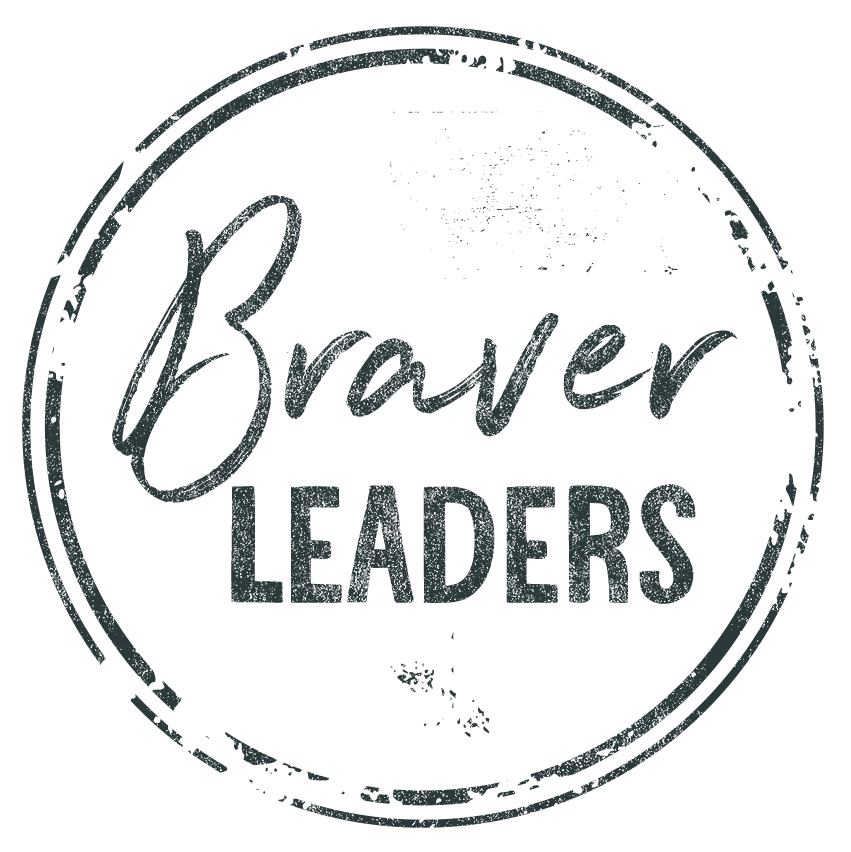 How often have you set out on one path and ended up somewhere totally different? I know I have, and there are usually two reasons. Either, I’ve been distracted by something more interesting (or ‘urgent’) along the way, or, I was unclear about where I was going in the first place.
How often have you set out on one path and ended up somewhere totally different? I know I have, and there are usually two reasons. Either, I’ve been distracted by something more interesting (or ‘urgent’) along the way, or, I was unclear about where I was going in the first place.
If you are truly going to fly in the direction of your dreams you need three things: firstly to know where you want to go, secondly to be able to make the right impact in the right places to get you there, and thirdly be prepared to take the action needed to actually fly.
As a parent one of the (many) things I’m proud of is that my son is brave enough to go for his dream – lets face it, most parents want their children to be happy, healthy and successful at the stuff that matters to them; yet we don’t always lead by example, do we? How about if we treated ourselves with the same love, compassion and nurturing we give to our children? How much more likely would we be to fly in the direction of our dreams?
Even when you are clear about what you are aiming for it can be very easy to get distracted. I believe this happens predominantly because of fear, and you can pick your particular favourite from a long list – not good enough, failure, looking silly, seeming cocky, getting things wrong etc. etc. Suddenly, seemingly urgent stuff is more important than your dream, even if it is clearing out your inbox!
Yet, if you knew how to make the right impact, in the right place, it is suddenly a whole lot easier to take that all-important action. So here’s my recipe for making the right impact, in the right place in a consistent manner.
It starts with you, being aware of how you show up and the impact you have. What you do and how you behave in one part of your life is likely to transcend the rest of your life. Put very simply, your brain creates patterns and responses that become your habitual behaviours, unconscious gestures, expressions, and responses that enhance or undermine your impact.
Step One – Pay attention to how you show up, how you behave when you feel relaxed & happy, how you behave when you are less confident or comfortable and how you behave when you feel threatened, undermined or inadequate in some way. How do people react to you in those circumstances? You may need to pay focussed attention on this to get these answers.
Step Two – Do you like what you see? What works for you and gets you the collaboration, support, engagement or adoration you are looking for? It is likely there will be some patterns that work better than others.
Step Three – Take responsibility. Commonly, behaviours are replicated because they are getting us the results we think we want. That’s great if they also have the impact we want to have on other people involved. Too often though, we adopt behaviours for the immediate result not the long-term impact. Think about when you have a squabble with someone you love – do you go for the devastating killer blow – that one thing you know will floor them, whether it is true or not? Do you fight fair only with relevant facts? Do you concede even if you believe you’re right – you just want the fight over. What is the impact of your behaviour on you and on the person you squabbled with? Was it worth it?
Other common examples include: playing the victim – you might get short term help but with a long term impression about your capabilities, or holding a pity party every time you go out with your friends – they might join you but does anyone actually benefit from it? Being domineering– you might get short term results because people are too scared not to do what you want, or don’t want to get on the wrong side of you but are they truly committed to collaborate and work with you?
In taking responsibility for the way you show up you are really looking for those behaviours that get you short-term results and leave the long-term impact you want.
Look for areas where you feel genuinely confident, you get good results and interaction with others flows best for you.
Step Four – Get really clear about what works for you and replicate it in the areas you want to make a positive lasting impact. The more consistently you do something, well the more confident you become about how you show up best, and guess what? That behaviour becomes easier and more natural when applied to other situations in place of less effective behaviours.
The impact we have on people and situations is completely within our control – even when the circumstances are not. We chose how we show up, how we react and what impact we have as a result. I’m not saying it’s always easy, but it is our choice. Decide how you want people to see you then develop a set of behaviours consistent with that vision.
What impact do you need to make to fly in the direction of your dreams?

Thank you Linda for this incitement blog. We need these reminders from time to time to take a break and reassess.